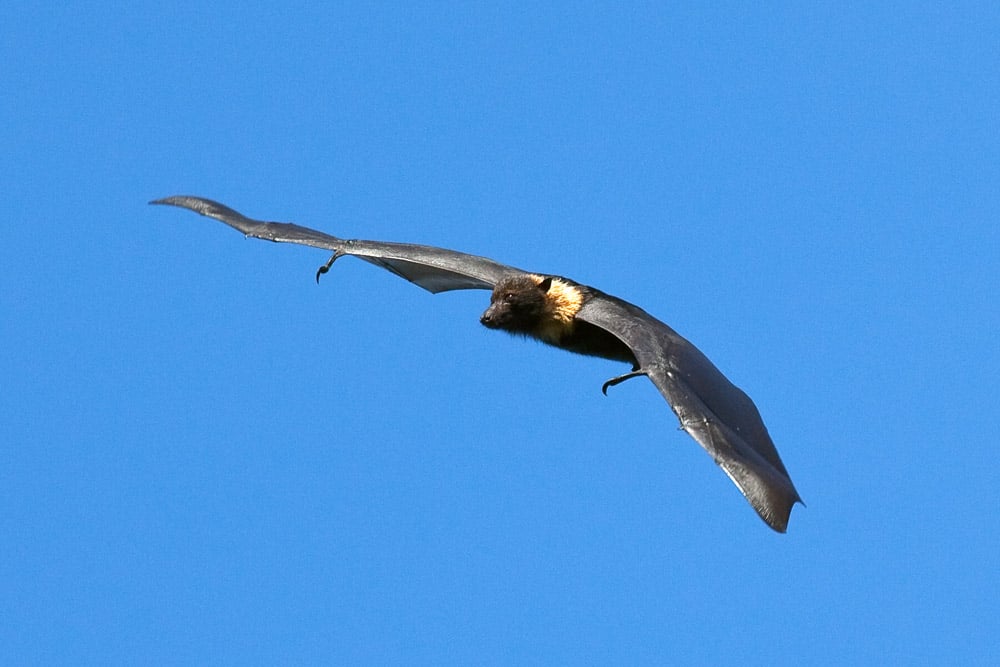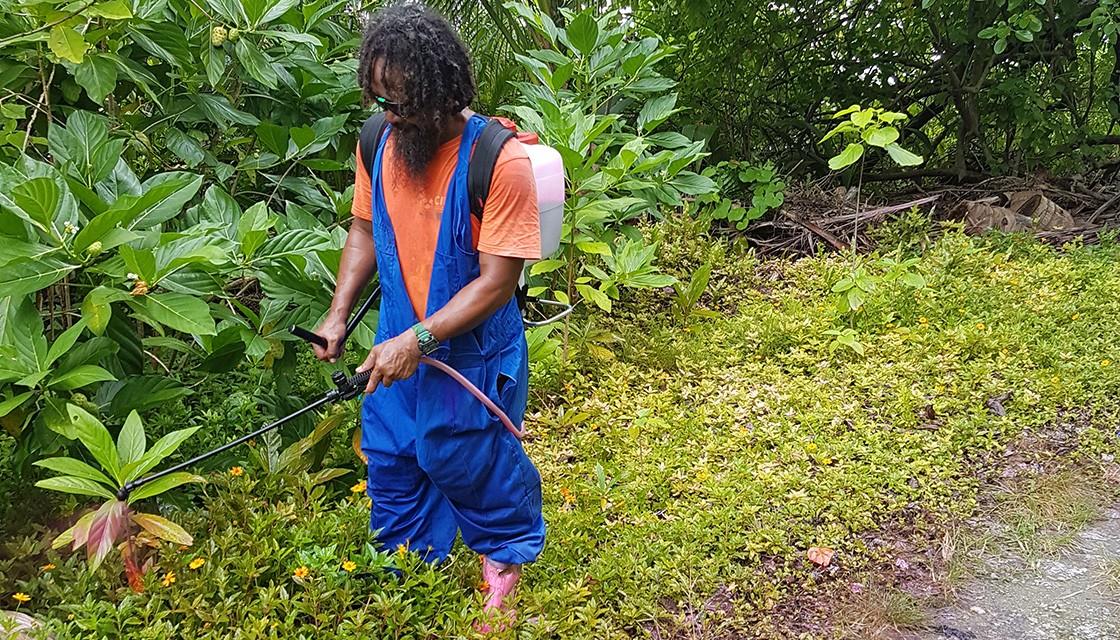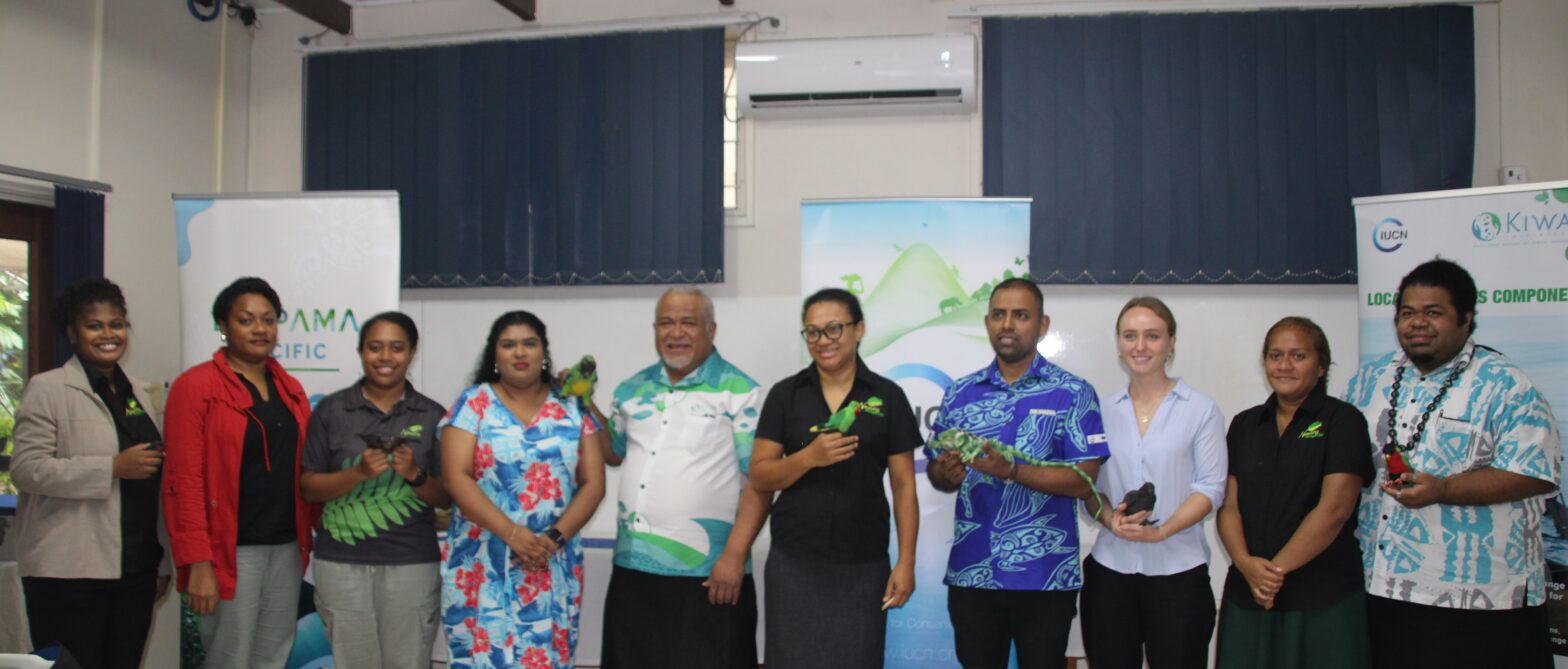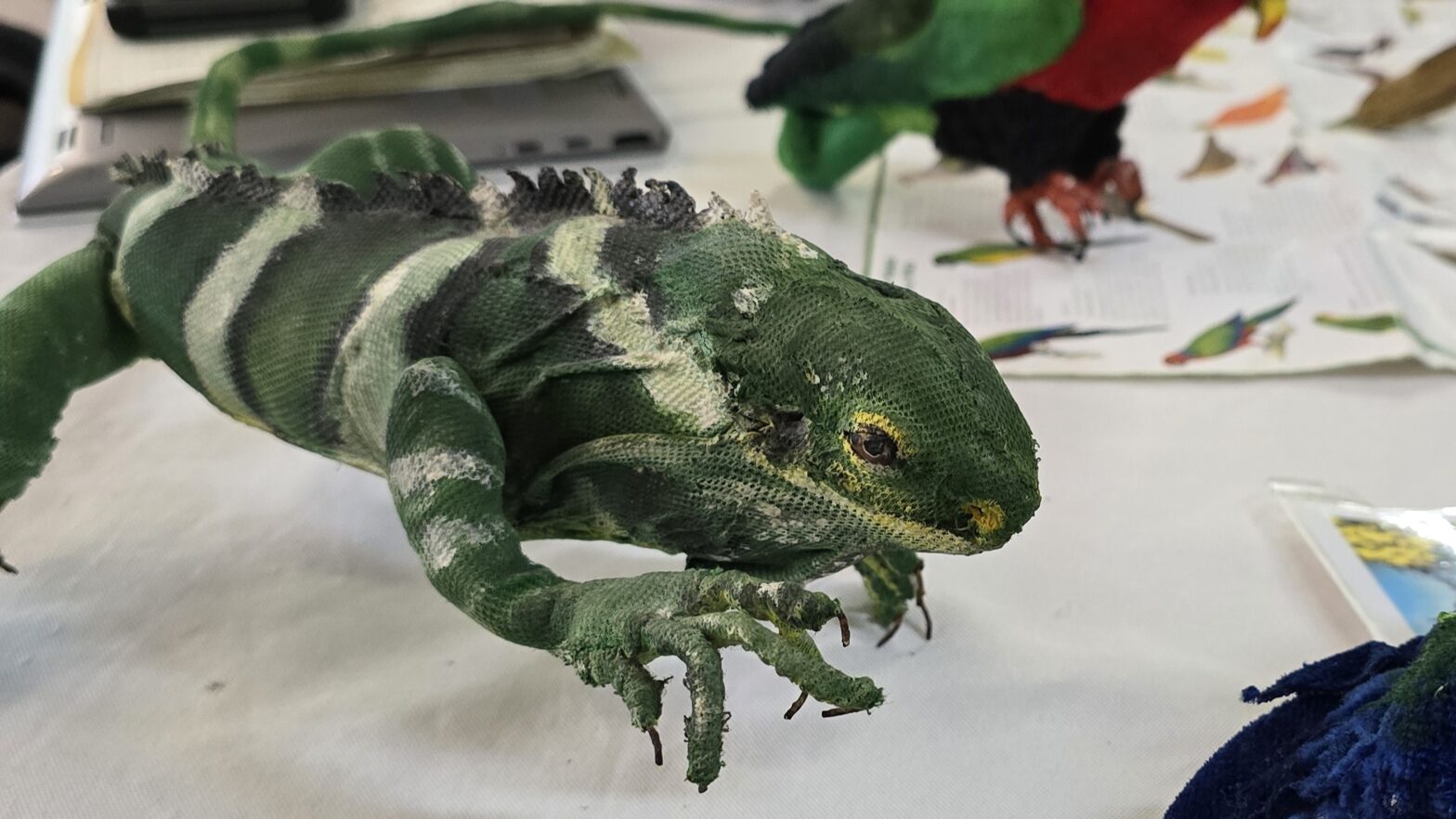Bats are listed under the IUCN Red List of Threatened Species because their rates are declining at an alarming rate in the Pacific Islands
The Pacific Island countries and territories are home to 132 bat species which are declining at an alarming rate.
The flying terrestrial mammals have been identified as a declining endangered species due to hunting, habitat loss and climate change amongst the 15 Pacific Island countries and territories.
These mammals, are declining at a rate of 48% and 42% of them are at risk for human consumption listed in the International Union for Conservation of Nature (IUCN) Red List according to the State of the Environment and Conservation 2020 report launched by the Secretariat of the Pacific Regional Environment Programme (SPREP).
Speaking to the Pasifika Environews via email, NatureFiji- MareqetiViti, a non-profit organisation in Fiji that has an ongoing Bat programme said the statistics in the report are accurate as the Red List of Threatened species are updated two times a year which changes as the report is published.
“We just submitted more species for an update planned for September and are working on additional assessments as the list incrementally changes,” said the organisation.
The report said 40 bat species were known to be hunted, making the Pacific islands the region with the highest proportion of hunted bat species.
The native terrestrial mammals are consumed in 13 Pacific Island countries and territories such as American Samoa, Commonwealth of the Northern Mariana Islands (CNMI), Cook Islands, Federated States of Micronesia (FSM), Fiji, Guam, New Caledonia, Niue, Palau, Samoa, Solomon Islands, and Vanuatu.
Importance of Bats
The report said bats play a crucial role in the diversity and survival of plant species on islands by being important pollinators and can spread pollen and seeds over long distances.
It stated Pacific flying fox is an important seed disperser, four times higher in agricultural habitats than in remnants of dry forest, illustrating a strong preference for foraging on abundant food resources in farmland in Fiji.
However, the bats would only roost in native forest fragments, showing that native forest is essential for the bats to survive.
Bats in Fiji
According to NatureFiji- MareqetiViti, the two group of bat species that are found in Fiji are the cave-roosting bats and flying foxes.
The flying foxes in Fiji are namely the Fijian Flying-fox (Mirimiri acrodonta), Tongan Flying-fox (Pteropus tonganus) and Samoan Flying-fox (Pteropus samoensis).
The organisation said the Fijian Flying fox is found on the island of Taveuni and are Critically Endangered. The Fijian Flying Fox habitat, the montane cloud forest, has a limited distribution in Fiji and is also of global conservation concern because of its vulnerability to climate change and slow recovery after hurricanes.
Hurricanes cause tree fall gaps which allow introduced species to enter the ecosystem, thus changing the unique species composition of montane forests. Land clearing for plantations along the mid slopes and in places the upper slopes of Taveuni’s forests may aid the movement of Fiji’s two other flying fox species (Tongan Flying-fox and Samoan Flying-fox) up towards the summit, thus increasing the risk of competition with the small population of Fijian Flying Foxes.
The Tongan Flying Fox is listed as Least Concern by the IUCN because it has a wide range across the Pacific Islands and a presumed large population. It is hunted for food on some islands and it is also threatened by the degradation of native forest for logging and conversion to plantations and cultivated land.
Fiji and Samoa is home to Samoan Flying Fox, a Near Threatened species impacted by habitat loss that roosts in small numbers individually and occasionally with Tongan Flying Fox.
The cave-roosting bats under the NatureFiji-MareqetiViti Bat programme are the Fiji Blossom bat (Notopteris macdonaldi), Fiji free-tailed bat (Chaerephon bregullae) and the Pacific sheath-tailed bat (Emballonura semicaudata).
The Vulnerable Fiji Blossom bat roosts in caves where it is at risk from predation and hunting.
The Fiji free-tailed bat population has declined over the past decades due to human consumption as well as deforestation to the area surrounding the only known cave-roost for the species in Fiji. Heavy logging trucks using a road directly above the cave previously threatened its existence.
The Pacific sheath-tailed bat dependent on the native forest for food, however, the persistence of a population is threatened by deforestation. Without forest protection, the bats are easily blown away from their foraging habitat and food by strong winds.
The Bat programme conservation officer for NatureFiji- MareqetiViti, Ms Semaema Vakaciriwaqa said the three species that are endangered are the Pacific Sheath tail bat, Fijian free-tailed bat and the Fijian Flying Fox.
Consumption of Bats in Fiji
Ms Vakaciriwaqa said four of the six flying terrestrial mammals have been recognised to be consumed by the locals.
“The Tongan flying fox are caught for consumption in small numbers but the current rate of harvesting does not threaten the species in Fiji,” she said.
“Samoan flying fox is not favoured by many because of its strong odour but there is no evidence to suggest that consumption is at a threatening level.”
“In Wailotua on Viti Levu, Fiji Islands, the Fijian blossom bat roosts is consumed on a single special occasion which is the ‘Vu’a I Sevu’, the celebration of the first harvest. It is eaten with ‘kawai’, a species of sweet yam. It’s done once a year, consumption rate may not be high enough to threaten the population count, but there is no data to substantiate this.
“Fijian free-tailed bat used to be captured and consumed by the villagers of Nakanacagi on special occasions. The villagers were made aware of the importance of this colony and since 2012 declared there would be no traditional harvesting of the bats.”
Action for endangered bats
Fiji established the first Nakanacagi Bat Sanctuary on July 16, 2018, at Nakanacagi village near Dreketi, Macuata, on Fiji’s second-biggest island Vanua Levu.
This sanctuary secures a cave housing the world’s only known maternity roost of the endangered Fiji Free-tailed Bat.
Ms Vakaciriwaqa said the Nakanacagi Bat Sanctuary belongs to and is under the National Trust of Fiji’s protection.
Cook Islands, Fiji, Federated States of Micronesia, Kiribati, Marshall Islands, Niue, Nauru, Palau, Papua New Guinea, Tuvalu, Samoa, Solomon Islands, Tonga, and Vanuatu have been involved in the Legislation on the conservation and protection of wildlife in Pacific island countries and territories.
Ms Vakaciriwaqa said their organisation has an active programme on their small insectivores bats but the activities are on hold due to the COVID-19 restrictions in Fiji.
Concerns
Over 60% of bat species threatened by invasive species are on islands, and measures to control invasive plants have great benefits for bats alongside other species, according to the report.
Despite their value, bats are rarely explicitly included in legislative and regulatory environmental plans and may be missing in the selection of priority landscapes for conservation.
The report states the population trends of 59 bat species are unknown, 32 species are stable, 40 species are declining and 21 species have been identified as needing law or policy intervention, and 65 species need land and water protection.
At present, there is a lack of data and information on the domestic use or governance of domestic use of wildlife in the Pacific islands.
Banner: Tongan Flying-fox (Pteropus tonganus) in flight, Taveuni. Photo: ©Paddy Ryan/ Ryan Photographic




